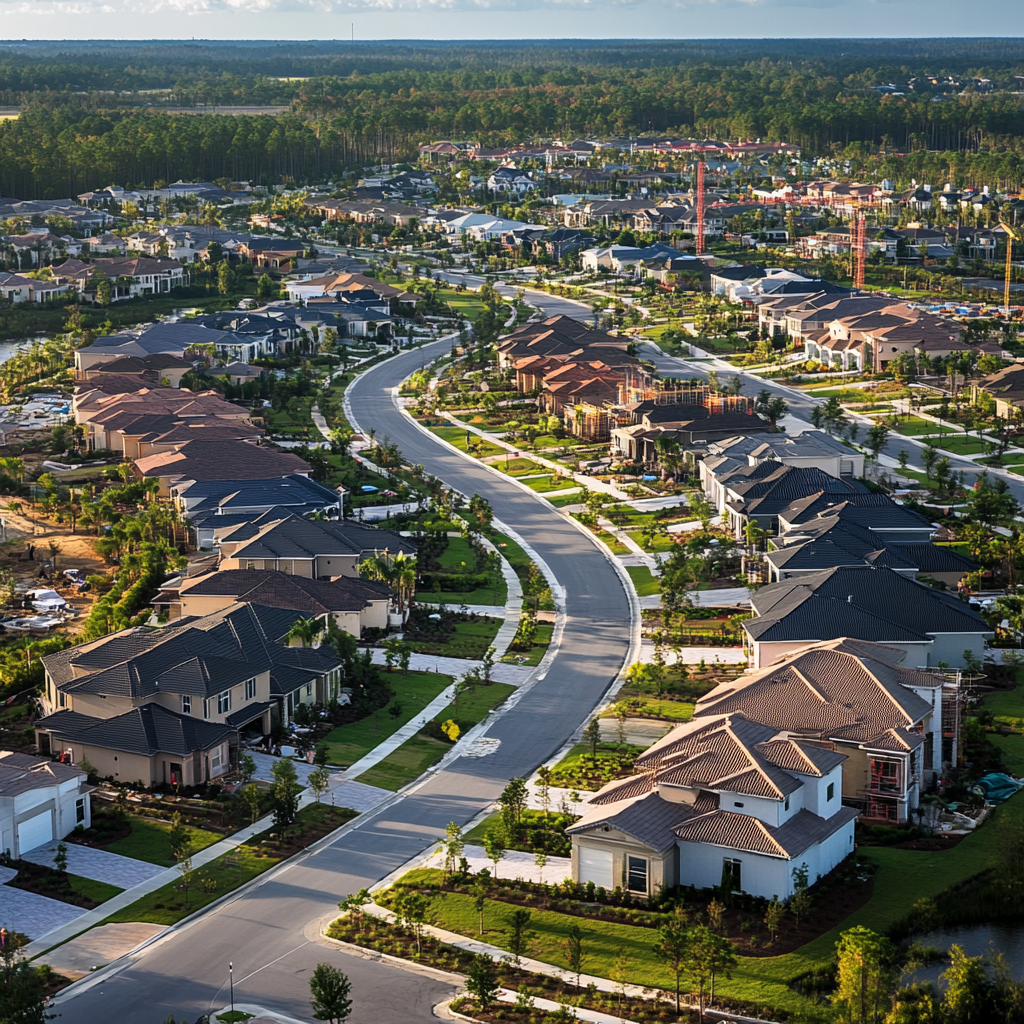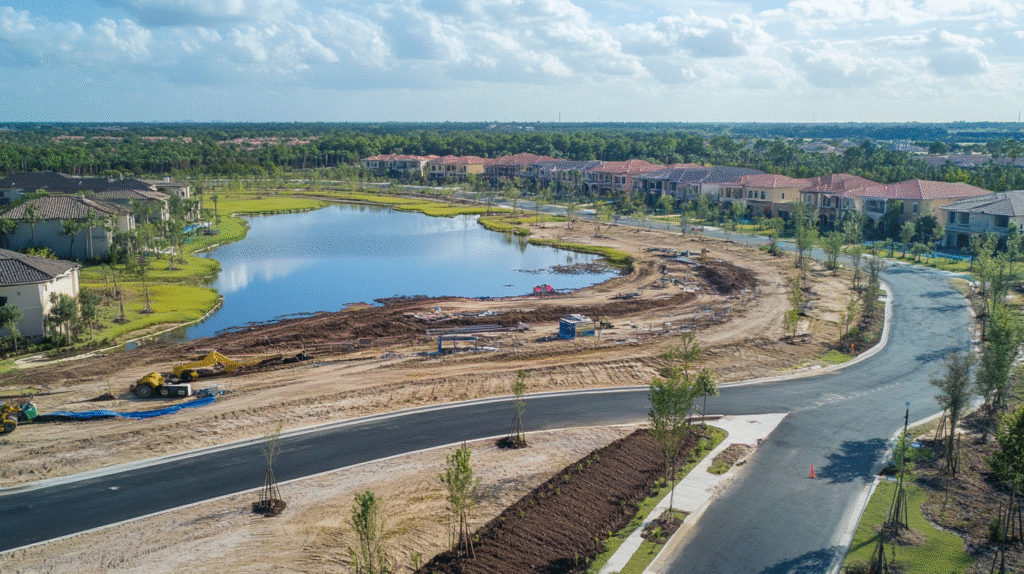Introduction
Orlando, Florida, is renowned for its theme parks and sunny weather. However, beneath this appealing surface lies a lifestyle that significantly impacts the environment. The city’s rapid expansion and suburban development have led to increased greenhouse gas emissions, water pollution, and other environmental challenges.
Urban Sprawl and Its Consequences
Orlando has experienced substantial urban sprawl, characterized by low-density residential development and heavy reliance on automobiles. This pattern contributes to higher per capita carbon emissions compared to more compact urban areas. A study indicates that suburban living, prevalent in Orlando, results in the highest carbon footprints among residential patterns.
Transportation and Emissions
The city’s design encourages car dependency, leading to increased transportation-related emissions. Approximately 25% of Orlando’s carbon footprint originates from the transportation sector . This reliance on personal vehicles exacerbates air pollution and contributes to climate change.

Water Quality Concerns
Orlando’s water systems face challenges due to contaminants such as lead, arsenic, and PFAS. While levels may comply with federal standards, health experts assert that no amount of lead is safe for consumption . Additionally, the city’s lakes and waterways are affected by runoff from urban development, impacting aquatic ecosystems.
Climate Risks
The region is susceptible to climate-related hazards, including extreme heat, flooding, and wildfires. Approximately 89% of buildings in Orlando are at risk of wildfire, and 22% face significant flood risk . These risks are intensified by ongoing development and inadequate infrastructure planning.
Efforts Toward Sustainability
Despite these challenges, Orlando has initiated sustainability programs aimed at reducing its environmental impact. The city has invested in renewable energy and green building standards to decrease greenhouse gas emissions . However, the effectiveness of these measures depends on comprehensive implementation and community engagement.
Conclusion
Orlando’s current lifestyle and development patterns pose significant environmental challenges. Addressing these issues requires a shift toward more sustainable urban planning, reduced reliance on automobiles, and proactive measures to protect natural resources. By re-evaluating its growth strategies, Orlando can work toward a more environmentally responsible future.

